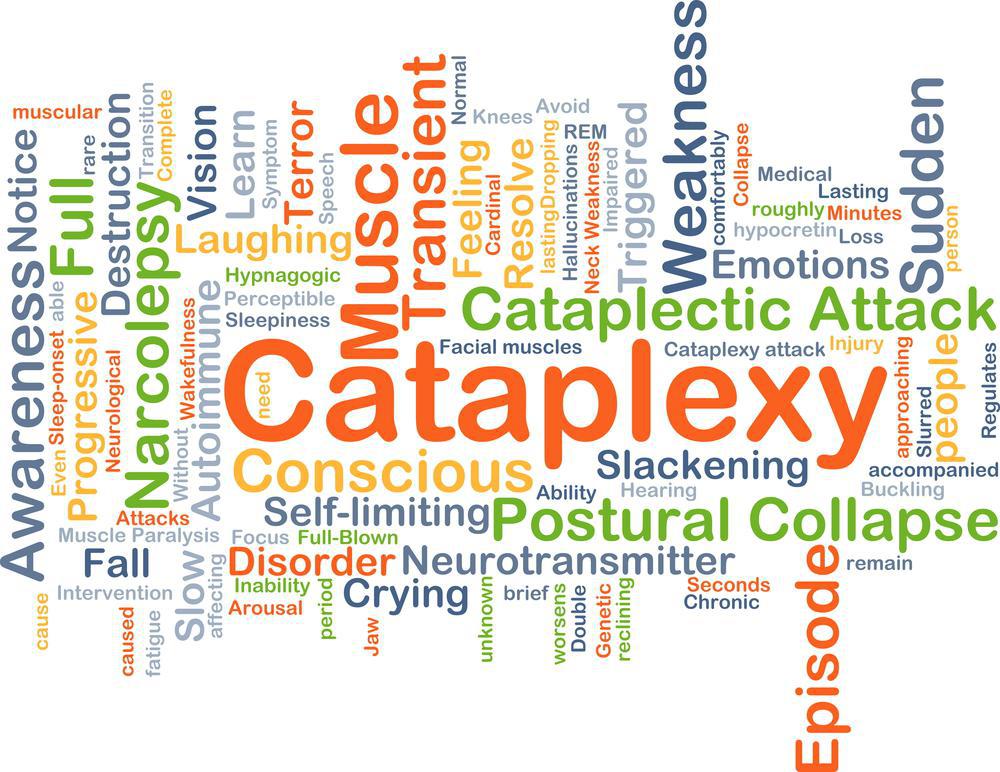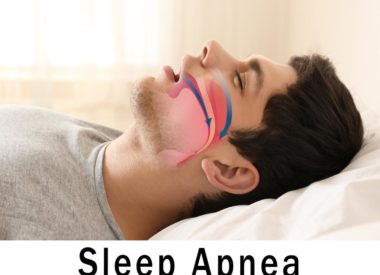What is Cataplexy and How is it Treated?
What is cataplexy?
Cataplexy occurs in narcoleptics when the body experiences a sudden loss of voluntary muscle tone for a brief periodless than 2 minutes which is usually triggered by an emotional episode such as laughter, outrage, or sudden panic.
Its important to point out that, during a cataplectic episode, the person having the episode may appear to collapse in what looks like a faint or what some describe as asleep attack.
However, cataplexy episodes are not sleep attacks: the person who has collapsed still retains consciousness; they are unable to properly exert control over their muscles, held in a temporary state of sudden paralysis.
Not everyone who has an episode of cataplexy collapses to the ground. For some, only partialatonia (loss of muscle tone) occurs.Sometimes the knees give out, or the chin drops to the chest, or the jaw can sag, causing a slurring speech that is a result of atonia. In some cases, the effects are even milder, and feel like some muscle groups are heavy and more difficult than usual to move. In the mildest cases, there might only be twitching of certain muscles. All muscle groups, except for certain muscles of the eyes and the diaphragm, can be affected by cataplexy.
Incidents of cataplexy are temporary and short-lived, but they can make life very difficult for the narcoleptics who must live with them.
Some experience cataplexy no more frequently than once monthly, while others may have up to 20 episodes daily. On average, narcoleptics who suffer from cataplexy too have a handful of episodes every week.
Usually, these people feel an episode coming and learn (or have learned) to sit or brace themselves in order to reduce falling and injury. Even so, up to half of those surveyed in one study reported sustaining an injury as a direct result of a cataplectic episode.
Cataplexy does not occur in all cases of narcolepsy. Narcolepsy is recognized as having two types:
-
Type I is narcolepsy with cataplexy, which occurs in about 70 percent of all narcoleptics, and
-
Type II is narcolepsy without cataplexy(about a third of all narcoleptics)
The incidence of narcolepsy with cataplexy is estimated to affect as much as 0.05% of the general population. After excessive daytime sleepiness, the symptom of cataplexy is Type I narcolepsys primary diagnostic marker.
What causes cataplexy?
Researchers generally point to an imbalance in a specific neurotransmitter in the brain hypocretin (also known as orexin)as one reason why cataplexy occurs. However, they still cant identify the mechanism that leads from a shift in chemistry to the sudden loss of muscle tone that gives the narcoleptic the appearance of falling into sudden sleep, though researchers suspect there might be an autoimmune component to this condition.
Can you experience cataplexy without narcolepsy? A 2016 case study in theJournal of Thoracic Disease reported on the possibility in a case involving a 6-year-old girl but even so, it’s extremely rare.
What is the treatment for cataplexy?
Identifying and treating narcolepsy with cataplexy involves several tests to establish a clear diagnosis. A screening tool called the Cataplexy Emotional Trigger Questionnaire (CETQ) exists to help screen newly diagnosed narcolepsy patients for this unusual symptom.
Because science hasn’t unraveled the root causes of narcolepsy with cataplexy, its difficult to develop treatments.
Some people with narcolepsy find relief using their main narcolepsy medication, sodium oxybate (also known as Xyrem).
A January 2016 report by the New England Journal of Medicine blog also confirms that, for reducing the frequency and severity of cataplexy, the most common treatments are low doses of antidepressants or extended-release venlafaxine (Effexor).
Still, patients with Type I narcolepsy still struggle to stay energized and alert during the day, and cataplexy, even when treated, may still occur.
Sources:
Healthy Sleep (Harvard.edu)
Journal of Clinical Sleep Medicine
Journal of Thoracic Disease
Narcolepsy Link
Nature and Science of Sleep
New England Journal of Medicine blog
If you or someone you love has experienced a sudden loss of muscle tone following an emotional encounter, and suffer from excessive daytime sleepiness, you will want to speak to a medical professional immediately to determine the source of the problem.
Our sleep medicine team at Sound Sleep Health offers Seattle-area residents a free 10-minute sleep health assessment that can help you quickly determine what to do next.



